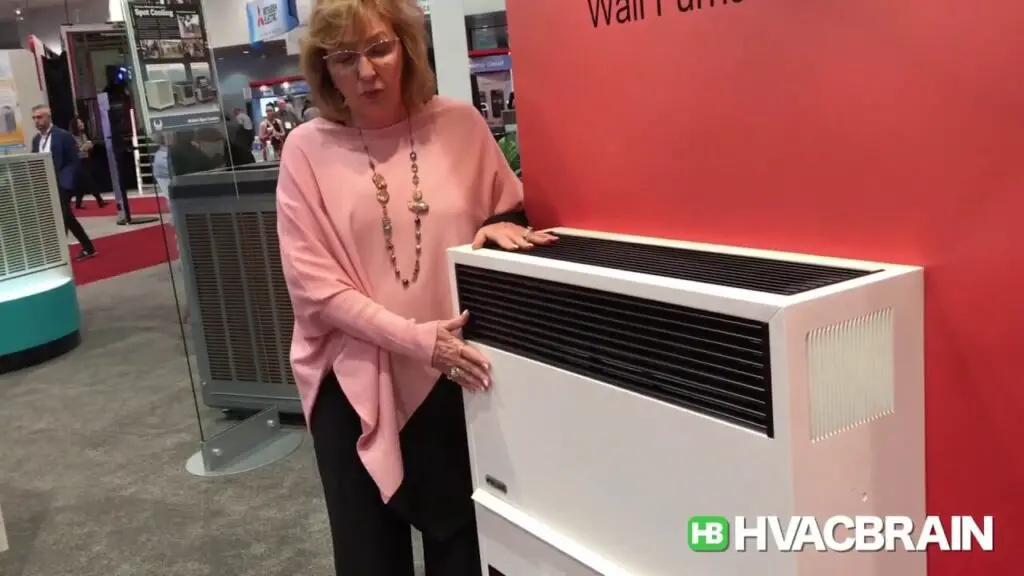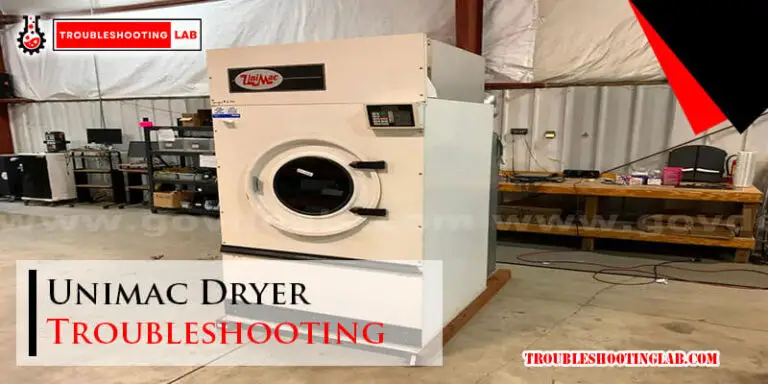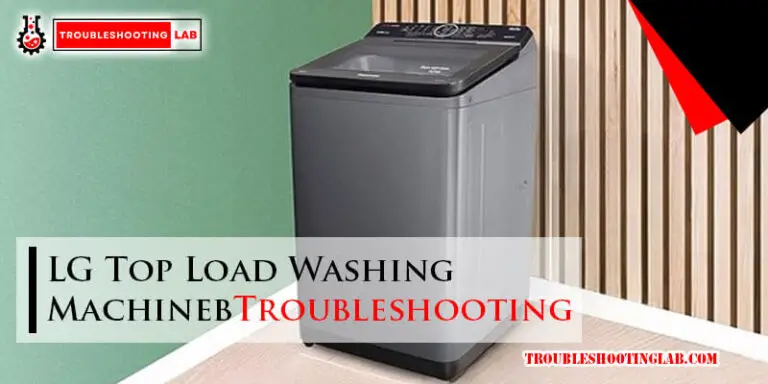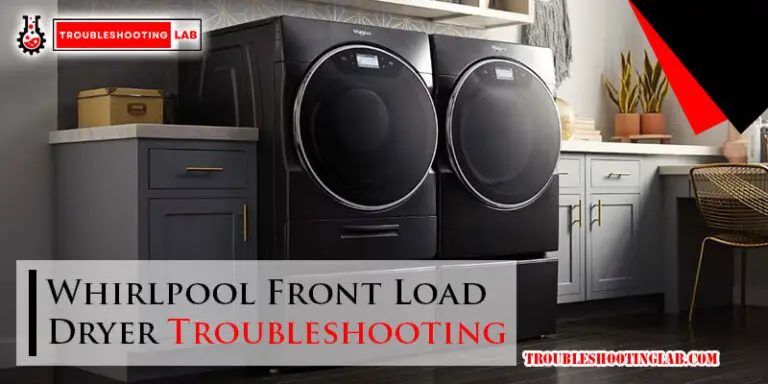Williams Wall Furnace Troubleshooting Guide
If your Williams wall furnace is not heating, the issue may be related to power or fuel supply interruption. Check your home’s circuit breaker box to ensure that the circuit breaker controlling electricity to the furnace is not tripped.
Additionally, a pilot that won’t stay lit could be caused by a blockage in the pilot tube, which can be cleared with compressed air or may require a new thermocouple. It is also important to check the thermostat and ensure that it is functioning properly.
Taking these troubleshooting steps can help diagnose and fix common issues with your Williams wall furnace.
Common Issues With Williams Wall Furnace

Williams wall furnaces are a popular choice for homeowners in Austin, Texas, but like any heating system, they can experience common issues that require troubleshooting. Knowing how to identify and address these problems can help you restore your furnace’s functionality and keep your home warm and comfortable even during the colder months.
No Heat
If you find that your Williams wall furnace is not producing any heat, there are a few potential causes to consider:
- Check the thermostat setting to ensure it is on the “heat” mode.
- Make sure the circuit breaker controlling the furnace’s electricity is not tripped.
- Inspect the fuel supply to ensure it is not interrupted or depleted.
If none of these issues are the culprit, it may be necessary to call a professional technician to diagnose and resolve the problem.
Furnace Not Starting
When your Williams wall furnace fails to start, it can be frustrating. Here are a few potential reasons for this issue:
- Check for power interruptions, such as blown fuses or tripped circuit breakers.
- Inspect the gas supply to ensure it is turned on and not obstructed.
- Verify that the pilot light is lit. If not, follow the manufacturer’s instructions to relight it.
- Consider checking the thermostat batteries and replacing them if necessary.
If these steps don’t resolve the problem, contacting a professional technician is recommended.
Furnace Not Staying Lit
Williams wall furnaces may encounter issues with the pilot light not staying lit. Potential causes and solutions include:
- Clear any blockages in the pilot tube using compressed air and relight the pilot.
- If the issue persists, it may indicate a faulty thermocouple. Contact a technician to replace it.
- Ensure that the gas supply is not interrupted or turned off.
If these troubleshooting steps do not resolve the problem, it is best to seek professional assistance.
Furnace Blowing Cool Air
If your Williams wall furnace is blowing cool air instead of warm air, try the following:
- Check the thermostat setting to ensure it is set to the desired temperature.
- Inspect the air filter for any obstructions or debris. Clean or replace it if necessary.
- Consider checking the fuel supply to ensure it is not depleted.
If these steps do not resolve the issue, it is advisable to seek professional help.
Pilot Light Issues
Problems with the pilot light can cause various heating issues in your Williams wall furnace. Consider the following troubleshooting steps:
- Inspect the pilot light and ensure it is properly ignited. Follow the manufacturer’s instructions to relight it if necessary.
- Clear any blockages in the pilot tube using compressed air.
- Check the gas supply to ensure it is turned on and not obstructed.
If the pilot light issues persist, it may indicate a more significant problem, and a professional technician should be consulted.
Williams Wall Furnace Troubleshooting Steps
If you’re facing issues with your Williams wall furnace and it’s not working as expected, there are several troubleshooting steps you can take to diagnose and potentially resolve the problem. Before calling for professional help, try these troubleshooting steps to save time and money.
Check Power And Fuel Supply
One of the most common reasons for a wall furnace not heating is an interruption in the power or fuel supply. To check this, start by examining the circuit breaker box in your home. Look for any tripped circuit breakers that control the electricity supply to your furnace or heat pump. If you find a tripped breaker, reset it and see if the furnace starts working. Additionally, make sure that the gas supply to the furnace is turned on and not interrupted.
Clean Pilot Tube And Thermocouple
If your pilot light won’t stay lit, there could be a blockage in the pilot tube. Start by turning off the gas supply and then use compressed air to clear any obstructions in the tube. After cleaning the pilot tube, relight the pilot and see if it stays lit. If the problem persists, you may need to call a professional to install a new thermocouple, which is responsible for detecting the pilot flame.
Inspect And Replace Thermostat
A malfunctioning thermostat is another common issue that can cause a wall furnace to fail. If your fan is running constantly or if the temperature settings are not being accurately maintained, it’s worth checking your thermostat. Verify that it’s set to “heat” mode and check the batteries if applicable. If necessary, replace the thermostat with a new one to ensure proper communication with the furnace.
Check Air Filter And Ducts
Clogged air filters and blocked ducts can restrict airflow, leading to poor heating performance. Start by checking the air filter in your furnace and clean or replace it if necessary. Inspect the ductwork for any obstructions or leaks that could be affecting the airflow. By ensuring proper airflow, you can improve the efficiency and effectiveness of your wall furnace.
Ensure Pilot Light Is Strong And Consistent
A weak or inconsistent pilot light can also cause heating problems in your wall furnace. If the pilot light is flickering or not staying lit, it may need adjustment. Refer to the manufacturer’s instructions for your specific furnace model to adjust the pilot light flame. A strong and consistent pilot light is vital for proper furnace operation.
By following these troubleshooting steps, you can potentially identify and resolve the issues with your Williams wall furnace. However, if the problems persist or if you’re unsure about performing any of these steps, it’s always advisable to seek professional assistance
Common Reasons For Williams Wall Furnace Failure
Facing furnace problems can cause discomfort and inconvenience, especially during the cold winter months. Understanding the common reasons for furnace failure can help you troubleshoot and resolve the issues quickly. Let’s take a look at some of the most frequent causes of furnace malfunction:
Malfunctioning Thermostat
A malfunctioning thermostat is one of the most common reasons for furnace problems. When your thermostat isn’t working properly, it can result in the fan running constantly or inaccurate temperature readings. This can cause your furnace to work inefficiently and lead to heating issues. To troubleshoot this problem, check if your thermostat settings are correct and consider replacing the batteries if needed.
Fuse Or Breaker Issues
Fuse or breaker issues can interrupt the power supply to your furnace, preventing it from turning on. If your heating system won’t start, check your home’s circuit breaker box to ensure that the breaker controlling the electricity to your furnace is not tripped. Resetting a tripped breaker or replacing a blown fuse can help resolve this problem.
Power Supply Problems
Power supply problems can also cause furnace failure. Make sure that the furnace is properly plugged in and receiving power. If it is plugged in, but still not working, check the power outlet by plugging in a different device to see if it works. If there’s an issue with the power outlet, contact an electrician to fix the problem.
Motor Overload
A motor overload can occur when the furnace’s blower motor is overworked or overheated. This can be caused by a dirty air filter, obstructed airflow, or a faulty blower motor. Inspect and clean the air filter regularly to prevent debris buildup, and ensure that the furnace’s vents are not blocked. If the problem persists, it may be necessary to call a professional technician to replace the faulty blower motor.
Faulty Pilot Light Or Thermocouple
A faulty pilot light or thermocouple can prevent the furnace from igniting, resulting in no heat. If the pilot light won’t stay lit, it could be due to a blockage in the pilot tube. Try clearing the tube with compressed air and relighting the pilot. If that doesn’t work, it may be necessary to replace the thermocouple. Contact a qualified HVAC technician to handle this repair.
By understanding these common reasons for furnace failure and following the appropriate troubleshooting steps, you can save time and money on unnecessary repairs. If you are unsure about any of these troubleshooting steps or if the problem persists, it is always best to consult a professional HVAC technician for assistance.
Steps To Diagnose Williams Wall Furnace Problems
If your Williams wall furnace is not heating, there are a few steps you can take to diagnose the issue. Check the circuit breaker to ensure the power supply is not interrupted, clear any blockages in the pilot tube, and make sure the thermostat is set to “heat.
” If these troubleshooting steps don’t work, it may be necessary to call a repairman.
If you’re experiencing issues with your Williams wall furnace, here are some steps to help you diagnose and potentially resolve the problem:
Verify Thermostat Settings
Ensure that your thermostat is set correctly to “heat.” Sometimes, a simple setting adjustment can fix the issue.
Check Fuse Or Breaker
Inspect the fuse or breaker that controls the power to your furnace. Make sure it hasn’t tripped or blown, as this can disrupt the electricity supply. If necessary, reset or replace the fuse or breaker.
Ensure Power To Furnace
Confirm that there is power to the furnace. Check the circuit breaker box in your home to ensure the circuit controlling the electricity to your furnace is not tripped.
Reset Motor
If you’ve determined that there is power to the furnace but it still isn’t working, try resetting the motor. Locate the furnace’s reset switch, which is typically located near the blower motor. Press the reset button once to reset the motor.
Inspect Pilot Light And Gas Valve
Check the pilot light and gas valve on the furnace. Make sure the pilot light is lit and the gas valve is open. If the pilot light isn’t staying lit, there may be a blockage in the pilot tube. Try clearing the tube with compressed air and relight the pilot. If this doesn’t work, contacting a professional may be necessary to install a new thermocouple.
By following these troubleshooting steps, you can identify and potentially resolve common issues with your Williams wall furnace. Remember, if the problem persists or if you’re unsure about performing any of these steps, it’s always best to reach out to a professional technician for assistance.
Additional Resources
Having trouble with your Williams wall furnace? Don’t worry, we’ve got you covered! In addition to the troubleshooting tips mentioned in this blog post, we’ve compiled a list of additional resources that can help you diagnose and resolve any issues you may be experiencing.
Community Forums And Diy Tips
When it comes to troubleshooting appliances, community forums are a great place to find answers. Joining an online community of Williams wall furnace owners and enthusiasts can provide you with a wealth of knowledge and first-hand experiences. You can ask questions, share your own troubleshooting journey, and benefit from the collective wisdom of the community.
Additionally, there are plenty of DIY tips available online that can guide you through the troubleshooting process. From step-by-step instructions to video tutorials, these resources can empower you to tackle common furnace problems on your own.
Williams Wall Furnace Parts
If you’ve identified a faulty component in your Williams wall furnace, you may need to replace it. Finding the right parts can be a daunting task, but several reputable suppliers specialize in Williams wall furnace parts. They offer a wide range of components, including face panels, thermostats, and more. These suppliers often have user-friendly websites where you can easily locate and purchase the specific parts you need.
Professional Repair And Maintenance Services
While troubleshooting and attempting DIY repairs can be rewarding, sometimes it’s best to leave the job to the professionals. If you’re not comfortable working with gas appliances or if the issue persists despite your efforts, it’s time to call in the experts.
Professional repair and maintenance services specialize in diagnosing and fixing furnace problems. They have the knowledge, experience, and tools required to ensure your Williams wall furnace is functioning optimally. Whether it’s a minor repair or a major overhaul, these professionals can provide the necessary expertise to get your furnace back up and running in no time.
Frequently Asked Questions
Why Is My Wall Furnace Not Starting?
If your wall furnace is not starting, the issue could be a power interruption or fuel supply problem. Check the circuit breaker box to ensure it is not tripped. If the pilot won’t stay lit, there may be a blockage in the pilot tube.
Try clearing it with compressed air or call a repairman to replace the thermocouple. Another common furnace problem is a malfunctioning thermostat, indicated by a constantly running fan. Verify thermostat settings, check fuses or breakers, reset the motor, and inspect the pilot light and gas valve.
Why Wont My Wall Furnace Stay Lit?
A wall furnace that won’t stay lit may have a blocked pilot tube. Try turning off the gas, clearing the tube with compressed air, and relighting the pilot. If that doesn’t work, you may need to call a professional to install a new thermocouple.
What Is The Most Common Furnace Failure?
One common furnace failure is a malfunctioning thermostat. If your fan is constantly running, it indicates that your thermostat is not working properly, causing inefficient furnace operation.
How Do I Find Out What’s Wrong With My Furnace?
If you’re having trouble with your furnace, try these steps:
- Check your thermostat settings are on “heat. “
- Ensure the fuse or breaker powering your thermostat is not blown or off. – Make sure the furnace has power.
- Reset the motor if it overloaded.
- Check the pilot light and gas valve.
For more assistance, contact a professional.
Why Is My Wall Furnace Not Starting?
No Power to Furnace. Check the circuit breaker box to ensure it is not tripped.
Conclusion
Troubleshooting your Williams wall furnace is crucial to ensure it functions properly and efficiently. By addressing common issues such as power interruptions, pilot light problems, and thermostat malfunctions, you can restore heat to your home. Remember to check the circuit breaker, clean the pilot tube, and verify correct thermostat settings.
If problems persist, consider contacting a professional for further assistance. Don’t let a malfunctioning wall furnace leave you in the cold – take action and keep your home warm and cozy.






I installed a brand new Williams gas wall heater because the the old wall heater would go out shortly after being on (approximately 5 min.) and the pilot goes out too. The new wall heater doesn’t come on at all, the pilot light stays lit initially but goes out immediately once I turn the thermostat up. What could be the cause of this? Help
There could be a few potential reasons for the problem you’re encountering:
If you’re unable to identify or resolve the issue on your own, it’s best to contact a qualified HVAC technician to inspect and repair the heater to ensure safe and proper operation. Gas appliances can be dangerous if not handled properly, so it’s essential to prioritize safety when troubleshooting heating equipment.
I have a Williams 14,000 wall heater. The propane tank ran out before refill.upon attempting to restart heater, the pilot is lit, but the heater won’t start. did change batteries. Should I just get a new thermostat
Hi,
It sounds like your Williams 14,000 BTU wall heater might not be getting a proper signal from the thermostat, especially after running out of propane. Since the pilot is lit but the heater won’t start, try these steps:
If none of these steps work, replacing the thermostat might help. Let us know how it goes!
TroubleshootingLAB
I’ve been having trouble lighting my pilot on my wall heater. I turn knob to pilot, use a lighter (no ignition button) to light. Once I start to release the knob to turn on, the pilot light goes out. I replaced the thermopile (old one had a lot of buildup) but I still can’t get past releasing the knob.
It sounds like your pilot light issue might be related to the gas control valve or a weak thermocouple connection. Since you’ve already replaced the thermopile, here are a few things to check:
Let us know if you need further assistance!
TroubleshootingLAB